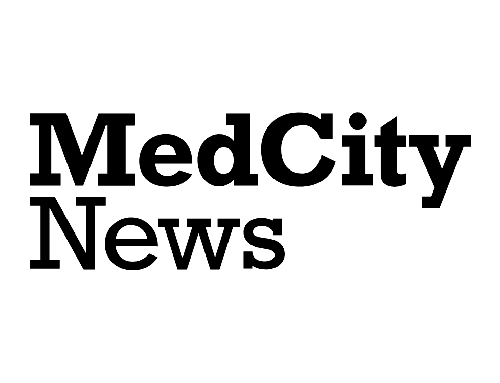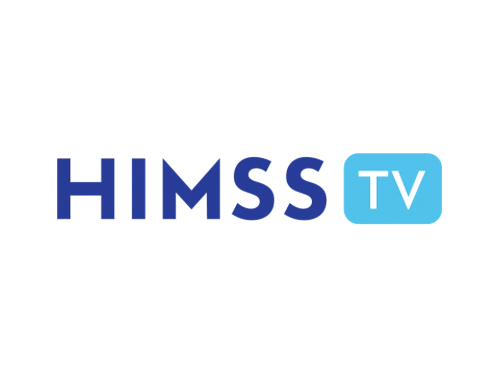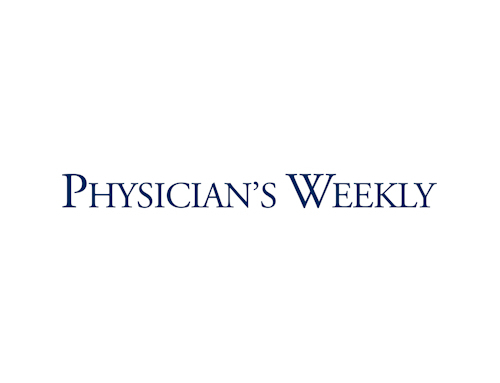
The overutilization of emergency room (ER) services for non-emergency cases has long been an issue. For decades it has contributed to rising healthcare costs and overcrowding, negatively affecting access to care for patients with true emergencies. According to a National Hospital Ambulatory Medical Care survey, there were 131.3 million visits to the ER. Anywhere from 13 percent to 70 percent of those visits were potentially avoidable. These visits cost insurance payers and self-funded employers billions of dollars each year.
Unnecessary ER utilization can also negatively impact those seeking emergency care. It increases wait times and can expose people to infectious diseases in overcrowded waiting rooms. Patients seeking care in the ER often face high out-of-pocket costs, and these visits can result in fragmented healthcare experiences with suboptimal outcomes.
Understanding the Problem
Some people use the ER as their primary source of healthcare due to various barriers, including limited access to primary care providers (PCPs), inadequate health literacy, or cost. Others use the ER for non-life-threatening conditions because they perceive care quality in this setting to be better or don’t understand what constitutes an emergency. Still, others unnecessarily visit the ER because it’s the only available place to get care when needed, or they are unaware of alternate options nearby. The ability to reduce avoidable visits begins with a clear understanding of why patients or members show up in emergency rooms.
According to Cedar Gate Technologies’ healthcare benchmark database of 12 million member lives, top drivers for avoidable ER visits in a commercially insured population include:
- Headaches
- Upper respiratory infections
- Urinary tract infections (UTIs)
- Back pain
These conditions – along with many other avoidable conditions – could often be treated more effectively outside the ER in an urgent care or primary care setting.
Diagnosing the Source: Targeted Interventions
With a more in-depth understanding of the reasons for potentially avoidable ER visits, organizations can engage in targeted interventions to modify utilization patterns. Effective strategies can lower costs and improve patient outcomes – key tenets of value-based care programs. Practical and actionable interventions include:
- Enhancing Non-Emergency-Care Access: Some people choose the ER for non-emergency care because it’s the only point of access available – or the only one they know about. Strategies such as increasing the number of primary care providers, extending clinic hours, implementing telehealth services, and promoting urgent care centers can offer patients alternative options that cost significantly less. Additionally, community health programs and educational campaigns can raise awareness about appropriate healthcare utilization.
- Leveraging Data to Guide Informed Decision-Making: Payers and employers need efficient data management and user-friendly analytics tools to identify the drivers of unnecessary ER visits and the levers to correct them. Integrating care coordination technology with analytics enables purchasers to act on the insights with programs designed to reduce ER utilization. When analytics and care coordination are connected through a common data layer, organizations can implement effective programs that support patients’ health and the financial objectives of the enterprise.
- Offering Education to Improve Health Literacy: Poor health literacy remains a key reason people go to the ER for avoidable reasons. Educating people through public health campaigns, community outreach programs, and other initiatives helps them better discern what is actually an emergency and seek out appropriate care settings. Analytics tools with insights into areas with the highest potential for low health literacy (by incorporating data from the Area Deprivation Index, for example) can inform strategies for impactful and cost-effective outreach.
- Implementing New Insurance and Reimbursement Policies: Studies show that some patients choose the more expensive ER because they will not incur upfront costs and can delay payment. Using healthcare benefits analytics tools to reevaluate insurance plan designs and reimbursement policies can incentivize appropriate healthcare utilization. For example, implementing cost-sharing measures, adjusting co-pays based on care settings, and providing financial incentives for primary care utilization can guide patients toward more suitable clinical settings. Healthcare benefits analytics tools help employers and payers model the effects of these changes prior to implementation and choose the ones with the biggest impact.
Why This Matters Now
As value-based care models become more prevalent in U.S. healthcare, cost reductions and quality improvements that stem from payer-provider collaboration will be increasingly important. Understanding utilization patterns and pinpointing reasons for avoidable ER visits, and in turn developing targeted interventions, is essential for organizations to steer patients away from unnecessary, high-cost ER trips. These insights can only come from comprehensive analytics software that connects seamlessly with care coordination tools.
The right software solutions empower employers, payers, and providers to help patients find the optimal care touch point, streamline pre-authorizations with near-real-time data sharing, invest in patient education, and enhance communication among all providers in a care continuum. The end result is a sustainable reduction in unnecessary ER visits, benefiting patients and the healthcare system.
The author, Ginger Pape, PharmD, is VP of Product Management at Cedar Gate Technologies.





